What if Swiss National Day was also celebrated in the glass? Discover five bold pairings between traditional Swiss...
The Taste of August 1st
August 1st is the day Switzerland celebrates itself
A flag fluttering in the wind, a table set among friends, a fire ready to crackle. And on the plates? The best of what the country offers: melted cheeses, local sausages, crispy rösti, and regional delicacies. But this year, why not try something different from wine or beer to accompany these iconic dishes?
Because there is another path—bolder, more intense: the one of pairings between spirits and Swiss cuisine.
Whiskies, rums, Armagnacs, Cognacs or mezcals, these noble spirits are increasingly entering the world of gastronomy. In small quantities, to be savored slowly, they can elevate our traditional dishes. Here’s proof with five pairings as Swiss as they are surprising.
Half-and-half fondue & peated whisky: a duo with fine smoke
The dish: Gruyère + melted Vacherin, garlic, dry white wine.
The spirit: Peated Scotch whisky, such as a Secret Highland from Swell de Spirits, with notes of peat smoke, salt, spices, and leather.
Why does it work?
Fondue is fatty, full of umami, and has a rich texture. The peated whisky cuts through this richness with its minerality and iodine notes. The smoky aroma evokes the crackling fires one imagines around a chalet—but without heaviness.
Tip:
Serve the whisky slightly chilled (15–18°C) in a tulip-shaped glass. Take a micro-sip between bites of bread—never while chewing: the goal is to rinse and lift the flavors. You can also add a few drops directly into the caquelon to enhance its aromatic complexity.
Raclette & aged agricole rum: sunshine over the Alps
The dish: Melted raclette cheese, steamed potatoes, pickles and pearl onions.
The spirit: Aged agricole rum (e.g. Isautier from Swell de Spirits).
Why does it work?
Agricole rums, made from sugarcane juice instead of molasses, bring fresh cane notes, white pepper, dry wood, and yellow fruits. This vibrant, spicy profile contrasts beautifully with the creamy roundness of the cheese and the mildness of the potato.
Tip:
A small dose (1–2 cl) is enough in a small open glass. Try a quick pairing by dipping a pickle into a drop of rum: the vegetal acidity merges beautifully with the cane. A surprising but addictive discovery.
Papet vaudois & artisanal mezcal: the vegetal shock
The dish: Braised leeks, potatoes, and Vaud-style cabbage sausage.
The spirit: Artisanal mezcal, like Hombre Marginal from The Whisky Jury.
Why does it work?
Mezcal brings dry smoke, sometimes a bit saline, with a herbal complexity (roasted agave, eucalyptus, lime, flint). These flavors respond to the rustic strength of the Vaudois dish while refreshing the palate.
Tip:
Serve at room temperature, neat. For a festive touch, consider a shot with gusano salt (salt + chili + agave powder) and a slice of blood orange. It will complement the sausage without overpowering it. For a longer dinner, add a cumin-spiced carrot purée: the flavor bridge between cumin and mezcal is outstanding.
Bernese rösti & vintage Armagnac: noble crispness
The dish: Golden fried potato rösti, often topped with egg, bacon or cheese.
The spirit: Vintage Armagnac, like a Marquestau 1998 from The Grape of the Art.
Why does it work?
Armagnac, with notes of stewed prunes, dry caramel, sweet pepper, and blond tobacco, embraces the rösti’s toasted edges and wraps its rustic texture in a woody elegance. A deep and nuanced “earth & fire” pairing.
Tip:
Serve in a tulip glass, gently warmed by hand. Offer it between the main course and cheese—or even as a digestif, accompanied by a crispy rösti “chip” as a cheeky nod.
Walnut tart & aged Cognac: sweetness and rancio
The dish: Walnut tart, or meringue with double cream.
The spirit: Aged Cognac, ideally over 30 years old, like Cognac La Cabanne Lot 50 (1950) from The Roots.
Why does it work?
These Cognacs develop a noble rancio (dried mushrooms, walnut, fig, leather) that resonates with the caramelized sugar, the nut crunch, and the richness of the cream. The finish is long, complex, and indulgent.
Tip:
To avoid heaviness, serve the Cognac very slightly chilled in a tulip glass. Offer a square of Swiss dark chocolate (min. 70%) on the side: it will form an explosive flavor triangle with the cocoa, the nuts, and the spirit.
National Day isn’t just a date on the calendar
It’s a moment of identity, sharing, and flavor. Exploring the pairing of spirits with Swiss cuisine is a way of honoring the past while looking to the future. A new way to be proud of what this country distills—in every sense of the word.
So tonight, between fireworks, grilled meats, and conversation, take a moment to raise your glass. May it be filled with history, boldness, and stories worth telling.
Posted in:
Tasting tips and Food & Spirits pairing
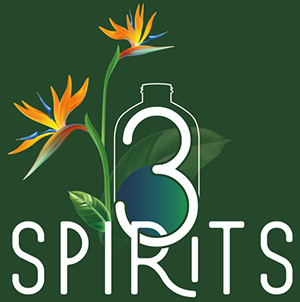
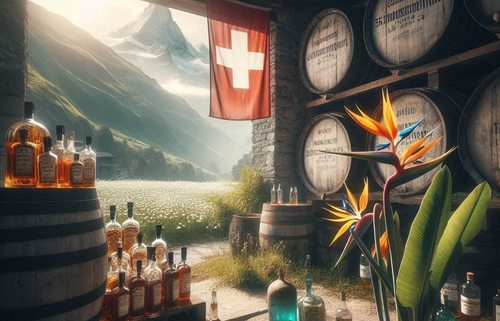


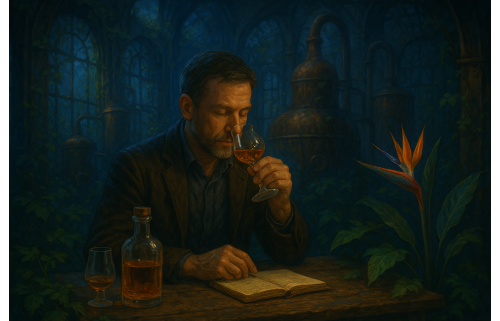


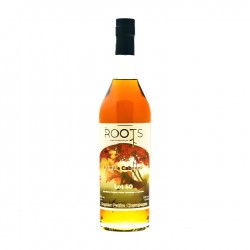

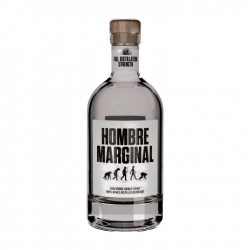
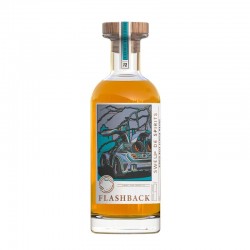


Leave a comment